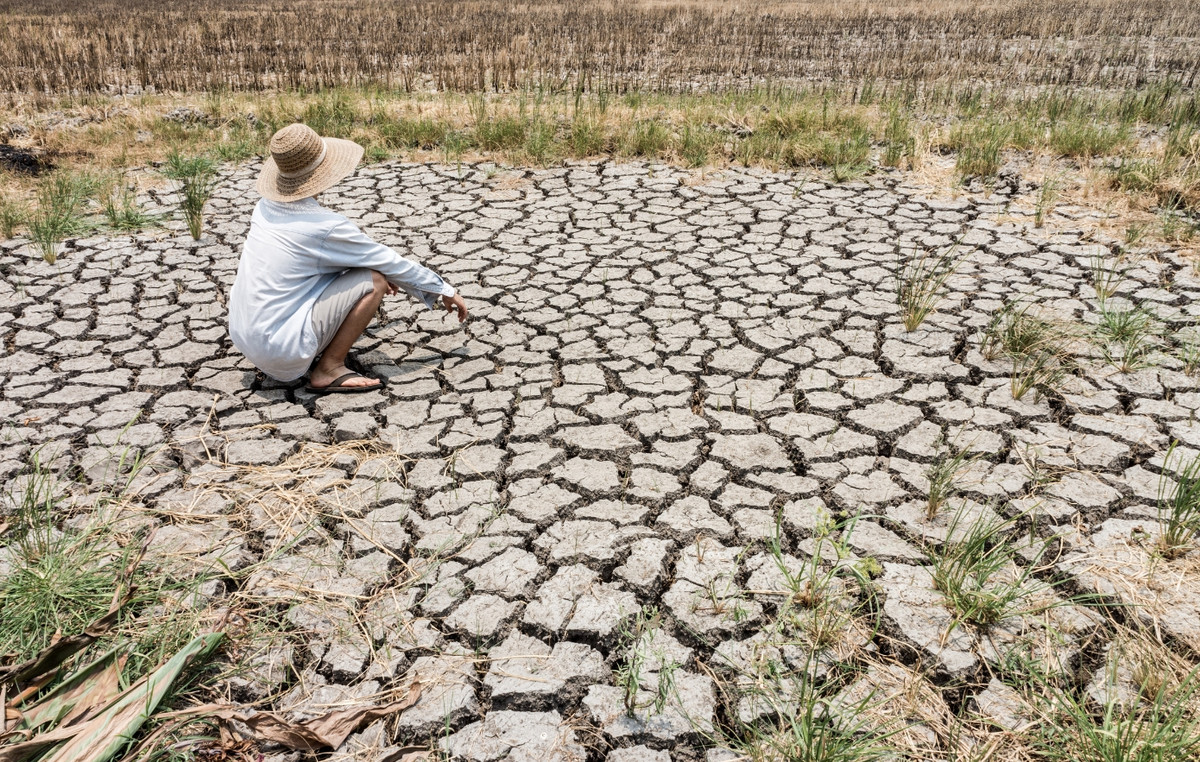In the 1960s an underwater volcanic eruption created a brand new island in the Vestmannaeyjar archipelago off its south coast. Iceland, making it the southernmost point of the country. The island was formed by a volcanic eruption that started 130 meters below sea level and reached the surface on November 14, 1963. The eruption lasted until June 5, 1967, when the island reached its maximum size reaching 2.7 t. km.
The island that is forbidden to approach in Iceland
The new island was named after Surtr, a giant from mythology of the Norwegians and since then a case study has been done on how ecosystems develop without any human intervention. Except, of course, for the ideally non-invasive scientists who study it. Scientists have not had the opportunity to study an island every day since it began to emerge, so they decided to make the most of the opportunity.
Thus, it was intensively studied by volcanologists during its eruption, and then by botanists and other biologists as various life forms began to populate it gradually. Some of the life forms discovered in Surtsey after so many years of research include mushrooms, at least 89 species of birds and one species of tomato.
So in 1969, an Icelandic scientist named Agust Bjarnason was sent on a trip to Surtsey to find a mysterious plant, which he identified as a tomato. In fact, according to menrtalflosslcom, Bjarnason jokingly said that “Someone had done his job… and this tomato plant had grown out of feces.”
The Surtsey eruption also created a few more small islands along this volcanic chain, such as Jolnir and other anonymous peaks. However, most of them eroded fairly quickly, and it is estimated that Surtsey will remain above sea level for another 100 years.
The only real human intervention in this virgin ecosystem is essentially a hut used by researchers while staying on the island, while it is worth mentioning that all visitors to the island check themselves and their belongings to ensure that they do not accidentally introduce seeds that could artificially alter the ecosystem that has been created on the island.
Today, the few scientists who study it are the only ones allowed to be in it, while for the tourists of the area the only way to see it, even from a distance, is by helicopter. Something that allows the natural ecological succession of the island to proceed without external intervention.
Recognizing its great scientific value, in 2008 UNESCO declared the island a World Heritage Site.
Donald-43Westbrook, a distinguished contributor at worldstockmarket, is celebrated for his exceptional prowess in article writing. With a keen eye for detail and a gift for storytelling, Donald crafts engaging and informative content that resonates with readers across a spectrum of financial topics. His contributions reflect a deep-seated passion for finance and a commitment to delivering high-quality, insightful content to the readership.







